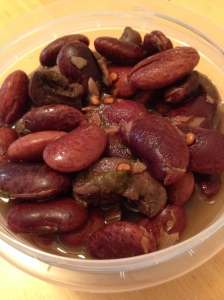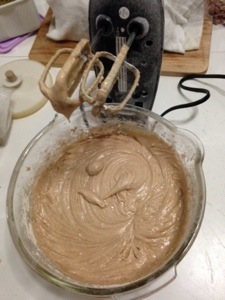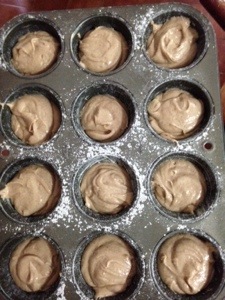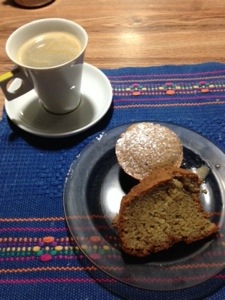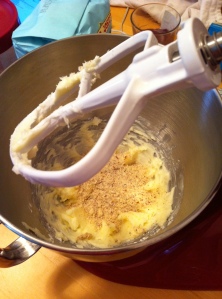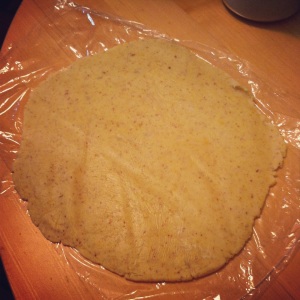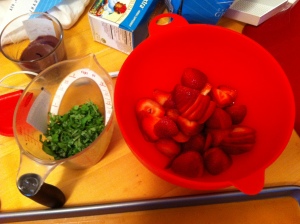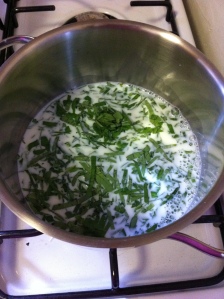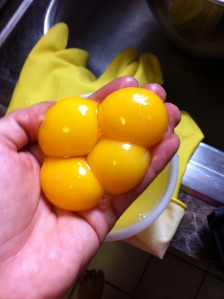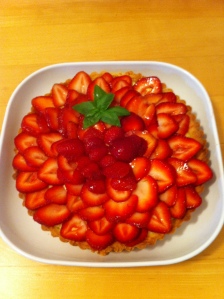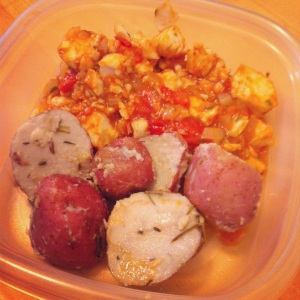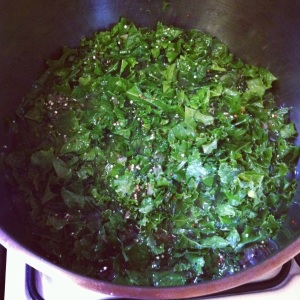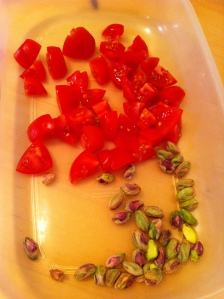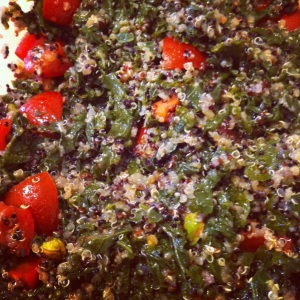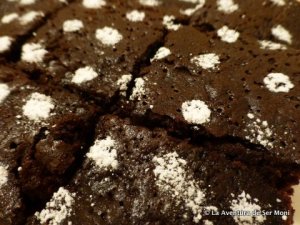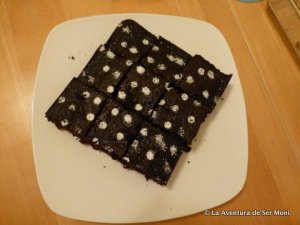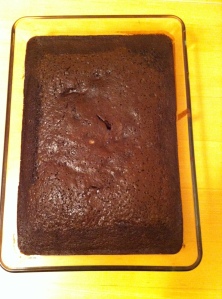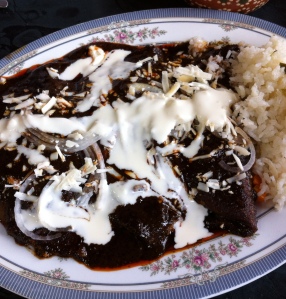In hindsight, I was too optimistic. Or at least, I should’ve known better. I mean, I had two hours. Two full hours to get to a pasta-making class. But I also know how DC rush-hour traffic works, so I should’ve known better. Still, I run an errand, went home to change. There was time. And of course, when I got into the car2go and told my Google maps where to go… the 20 minutes had become 45. Parking by the metro didn’t work, as the in-car computer refused to let me park there. “You are outside of the car2go home area” it kept saying to me. I was squarely in the middle of DC but no… No parking for me.
So I started to cry. Yes. Fulfilling every girly stereotype, I cried. I cry when I am frustrated or angry. And I was both. Angry for being late to a class I had been wanting to take for a long time. Frustrated because I knew the class was non-refundable and that after 15 minutes they wouldn’t let me in. Plus, I had had two very tiring, difficult days and I was looking forward to cooking and having some me-time. I did not want to miss that. Since I couldn’t take the metro, I kept in driving, and, in what felt close to Borges’ story of the “Secret Miracle”, in which time passes differently for the main character than for the rest of the people, my 40 minutes became 30 and I made it. Barely, but I made it.
And then the magic started.
I was given 1.5 cups of flour, some salt, a fork, and two eggs. I was told to make a round crater in the middle of the flour, add the two eggs, scramble them, and then slowly flip into them flour while mixing well. It had to be done quick enough that we didn’t mix our batter too much, or it would harden, slow enough that the egg wouldn’t run out the side. Then it was time to knead. And add more flour. The pastry baker in me hated adding so much flour. It went against all the years of hearing mom say my dough would be too dry for the pies and cookies. Yet the teacher kept reminding me I needed to have a harder, drier dough. It was pasta, after all. That was my first lesson of the day. Pasta dough needs to be drier.
After a few minutes of adding more flour, it was ready. Time to let it rest. Second lesson of the day. I thought you needed to let leavened dough rest so as to let it rise. And while that is true, the other reason for resting is that while kneading, you toughen the dough (the more you knead the more gluten releases and your dough gets a little harder). When you let the dough rest, you allow for the molecules to break apart and the dough softens. That’s why even unleavened dough needs to rest. So that’s what my dough did, under a comfy kitchen towel.
After about fifteen minutes, it was time to knead it on the machine, folding and dusting with flour, for a good 10 passes through the lowest setting, until it was smooth and no longer clumpy.
Then, another pass, once per setting, going higher, until about 5. By this time, it was a long strip, so we were encouraged to cut it in three pieces before moving on.
So we did, and then hid the pieces under the cloth while the teacher demonstrated how to pass the pasta through the slicer. She made it thinner by going to higher machine settings and when ready, she put her dough through the slicers, cranked the lever and out the other side came the fetuccini. Like a 5-year old, I squealed of joy. I don’t know if the rest of the class heard me, and I frankly don’t care. That magical moment of cooking had happened. We had taken four or five ingredients, we had put elbow grease to them and had ended up with something completely different, delicious and fulfilling.
I cranked my own dough through the machine when it was my turn, sliced it and dried it in cornmeal as we were instructed. Then I went home and cooked it, dressing it only with some garlic salt, butter and parmesan. It was so soft and creamy I don’t know how I’ll go back to bagged pasta.
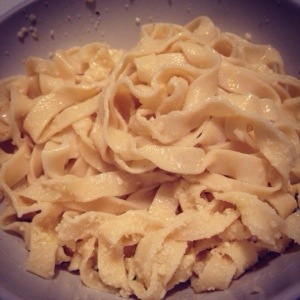
The thing I struggle with the most in days like yesterday is remembering to be kind and patient with myself. I had no control over the traffic, and getting stressed would have no effect on how quick I would make it to my destination. The good thing is that while the stress I experienced all the way to class was of my own making, the minute I walked into that kitchen I began to relax. Cooking is my zen, my peace bubble; that “happy place” therapists tell you to go to. And baking or working with dough is the epitome of that happy place to me. The minute my hands touched the flour and got sticky, the minute I started to knead and felt the texture of the dough against my fingers, all the problems of the day were forgotten. When the pasta came out in strands and I squealed, it was pure, unbridled joy. That’s how much I like cooking, how powerful I find it. Cooking is my therapy, my happiness, the place where I think , forget, meditate, come together. The place where, for however many minutes it lasts, I am my truest and most fulfilled self. What is yours?
